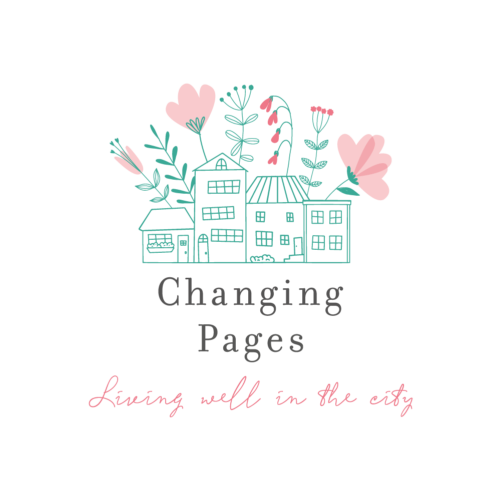
On a chilly and rather damp afternoon in early March I found myself at Japan House in Kensington. I hadn’t arrived here by accident, I had come with the intention of visiting the Japanese Silk Braiding exhibition currently showing. I knew little (nothing) of silk braiding before this and despite having walked past many times, little of Japan House.
Japan House
Japan House is set over three floors of a large Art Deco building. It is moments from High Street Kensington station, and set amidst the hustle of this busy shopping street. Thousands of people pass it’s doors everyday and yet it retains a sense of peace that you might reasonably expect from a venue celebrating Japanese culture. The white walls and calm aesthetic brings a serenity which is not always found in London cultural venues.
It is home to a diverse range of exhibitions of arts and crafts along side workshops, seminars and other events celebrating Japanese life and culture. There is a library filled with Japanese books. There is also the Travel Zone, with the opportunity to talk to a member of the National Tourism Organization and gather information and suggestions for travel to Japan. We are planning a trip to Japan next year and I picked up some useful maps and travel guides whilst I was there. There is also a restaurant serving lunch, afternoon tea and dinner plus a smaller takeaway bar offering Japanese drinks and snacks and of course a stylish shop selling carefully curated items.
The Exhibition
Kumihimo is translated as ‘joining threads together. These finely braided cords have a long history in Japan. This exhibition explores the history, techniques and potential of this form of silk braiding from the perspective of the craftspeople of the Domyo workshop. The Domyo workshop was founded in 1625 in Tokyo and continues to create stunning examples of this fine and complex craft.
Kumihimo is a craft that has been present for around 1,500 year with its origins in the Asian continent. The most common use of Kumihimo is in creating the decorative cords that secure the sash of a women’s kimono. However the art of combining up to 140 different coloured threads to create braids is also used in contemporary fashion and military uniforms
I was drawn to the the rainbow of colours and complexity of patterns. The braids put me in mind of the friendship bracelets we used to make for each other as children. Coloured threads woven tightly together to create something meaningful. Of course this comparison is a little unfair. The ease with which children combine threads in the playground is incomparable with the skill and expertise required to create Kumihimo.
There are videos which help explain the process and watching these really brings to life the examples of how the equipment on display is used to create these pieces of art. Alongside these are examples of ancient and modern weaving machines which demonstrate how the strands of silk are combined .
One of the joys of the exhibition is the ability to get very close to the pieces. Seeing the intricacy of the patterns and designs in close up helps you understand the complexity of the craft and the skill required to execute it so flawlessly.




If you happen to be passing or are seeking some moments of calm, I would recommend a visit to Japan House. There is so much going on here, that even if you have only the vaguest interest in Japan, you won’t be disappointed.
Visiting
The exhibition is free and although booking is recommended, this is not necessary. It continues until the 11th June.
Nearest Tube: High Street Kensington on the district line



